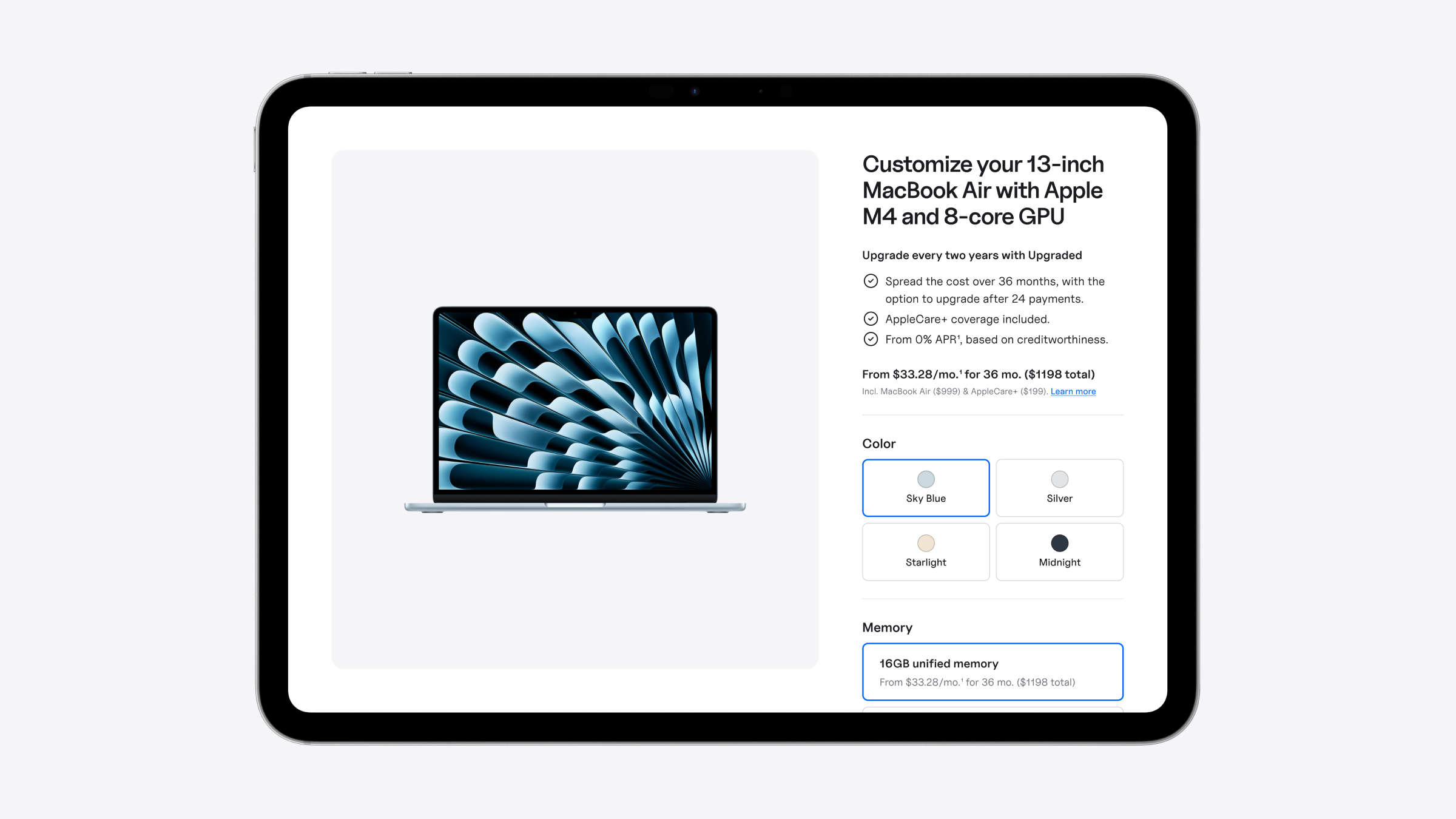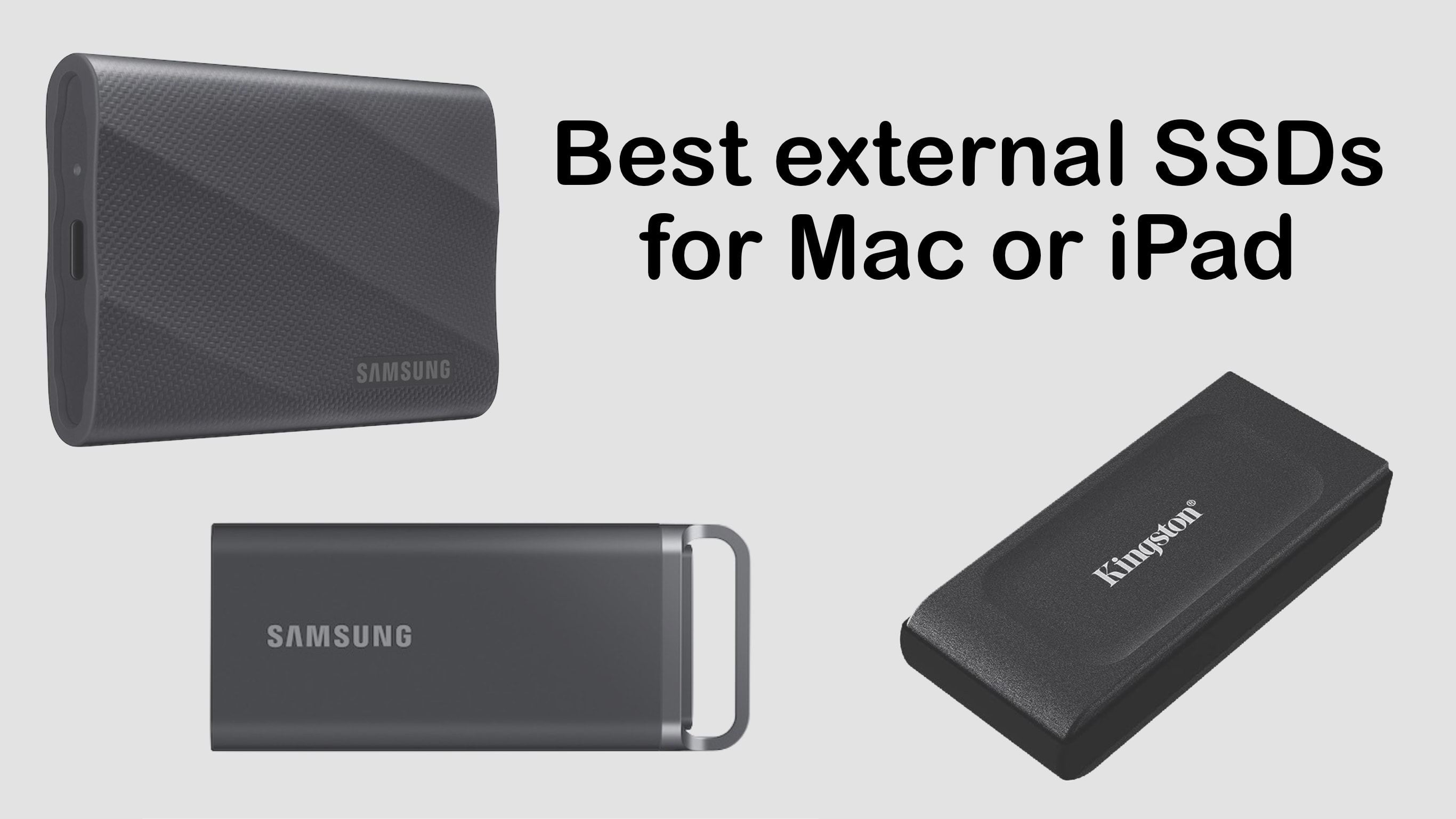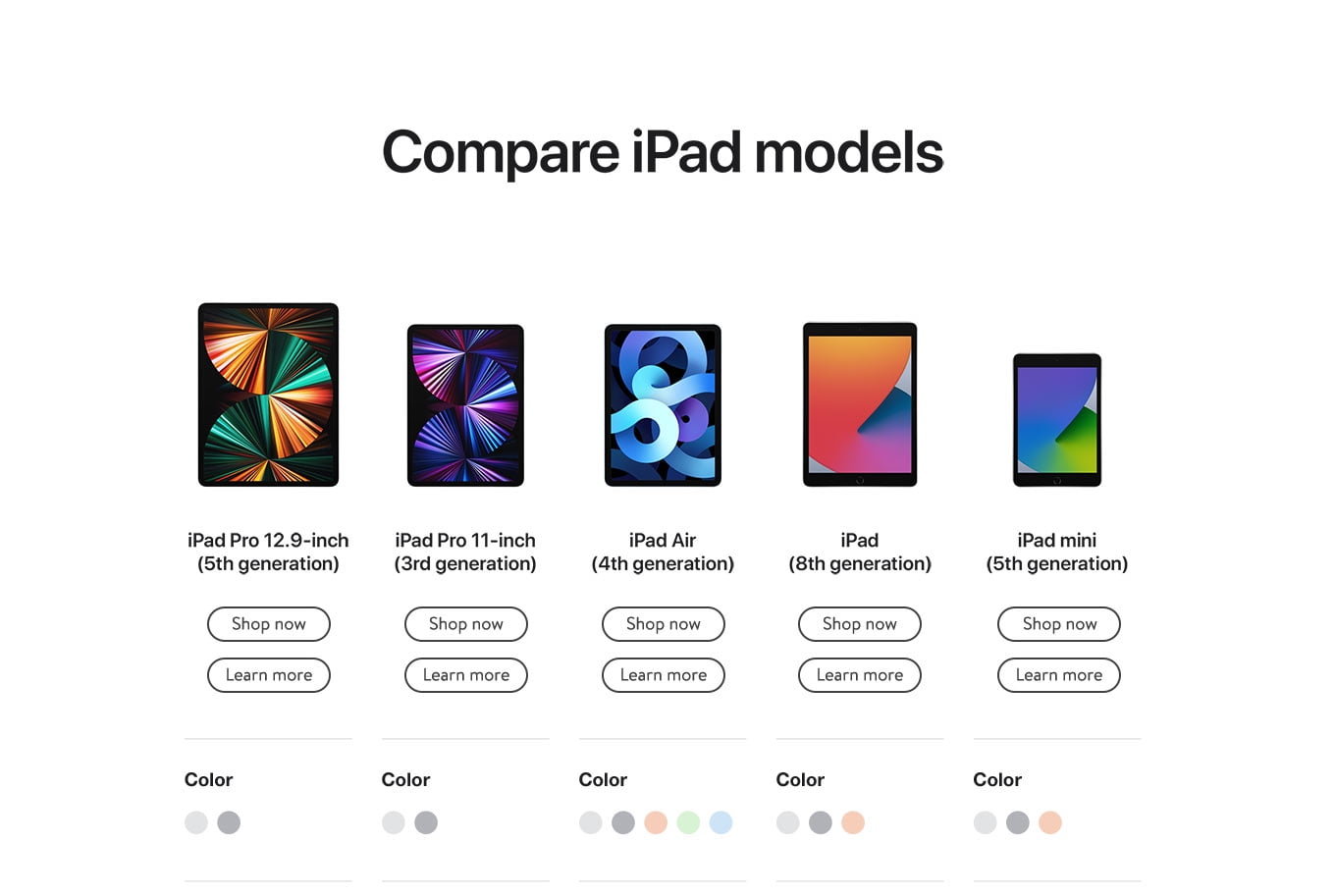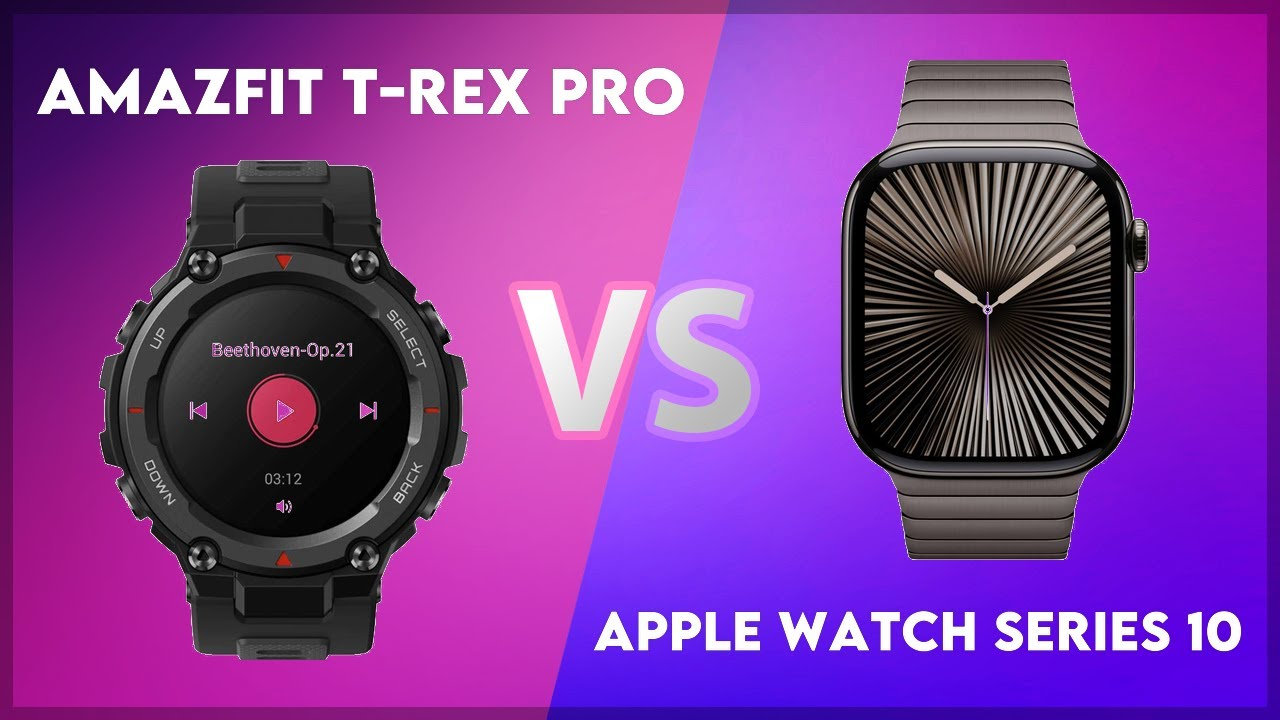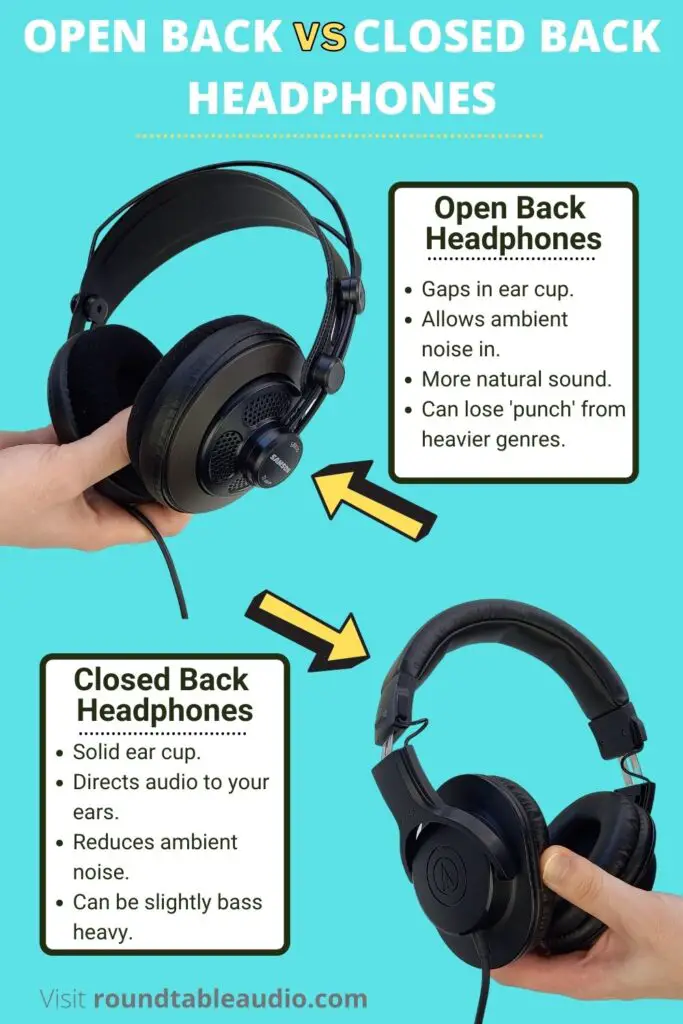
When deciding between closed-back vs open-back headphones, it’s essential to understand how their designs influence sound quality and listening experience. Closed-back headphones are characterized by their sealed ear cups, providing significant noise isolation and a more pronounced bass response, which is often preferred for recording and busy environments. In contrast, open-back headphones feature perforated designs that allow sound to breathe, resulting in a more natural and spacious soundstage, ideal for enjoying intricate musical arrangements. Understanding headphone impedance is also crucial; high-impedance headphones often require amplifiers to deliver their full potential, making insights from a buying headphones guide invaluable. By weighing the closed-back headphones pros and cons against the unique qualities of open-back vs closed-back sound, you can make an informed decision tailored to your audio preferences and needs.
In the realm of audio equipment, one often encounters a pivotal choice: the selection between encased and ventilated headphones. Closed models boast acoustic enclosures that effectively block outside noise while enhancing bass depth, making them a solid option for vibrant sound isolation. On the other hand, the allure of open models lies in their airy and natural sonic signature, which provides listeners with an expansive auditory experience. Crucially, the impedance of these headphones plays a significant role in performance and compatibility with various audio sources. This decision requires careful consideration of personal listening environments, intended uses, and the attributes of the headphones themselves.
Understanding Closed-Back vs Open-Back Headphones
When choosing between closed-back and open-back headphones, understanding their design differences is crucial for your audio experience. Closed-back headphones feature a sealed cup design, which prevents sound from leaking out and allows for superior noise isolation. This makes them a fantastic choice for environments where you want to immerse yourself in music or recordings without external distractions, such as in studios or during travel. On the other hand, open-back headphones have a perforated design that allows sound to flow freely, creating a spacious and airy soundstage that many audiophiles prefer for their depth and clarity. The choice ultimately hinges on your listening environment and personal sound preferences.
Closed-back headphones, such as the popular Beats Studio Pro, excel in delivering punchy bass and sound isolation, making them ideal for bass-heavy genres and environments where you want to keep your listening private. Meanwhile, models like the Sennheiser HD660 S2 shine in open-back designs, allowing for a more natural sound that represents a wider stereo field. This kind of design is highly beneficial for complex musical arrangements, as it enables better imaging and detail in the sound. Therefore, when deciding between these types, it’s essential to assess your specific audio needs and circumstances.
The Pros and Cons of Closed-Back Headphones
Closed-back headphones come with a variety of advantages, tops among them being their ability to provide an immersive listening experience through effective noise isolation. This design blocks out external sounds, making them perfect for noisy environments or crowded spaces. Furthermore, closed-back headphones typically enhance bass response due to their sealed enclosure, delivering a more pronounced low-end frequency that many listeners appreciate, particularly in electronic and hip-hop music. However, one common drawback can be ear fatigue, especially during extended listening sessions, as the airtight seal may create heat and discomfort.
Another aspect to consider is sound leakage; while the closed design minimizes external noise interference, it can also confine the sound. Audiophiles may find this restricts the soundstage, making the music feel less expansive compared to open-back alternatives. Ultimately, while closed-back headphones are excellent for sound isolation and tailored audio experiences, the potential for discomfort and a limited soundstage might not appeal to everyone, particularly those who appreciate a more natural listening experience.
The Advantages of Open-Back Headphones
Open-back headphones are characterized by their ability to produce a more natural and spacious sound. This design allows air and sound to pass through, creating a rich, room-like auditory environment that enhances the clarity and quality of music. Many listeners note that the imaging and instrument placement feel more accurate with open-back models, which is particularly beneficial for classical and jazz music, where subtle details matter. Moreover, the airflow prevents overheating, allowing for longer listening sessions without discomfort, making them a popular choice among audiophiles.
However, open-back headphones are not without their disadvantages. One significant concern is sound leakage; since they allow sound to escape, listeners need to be aware of their surroundings, and these headphones are less suited for use in public spaces. Additionally, they may not provide the same deep bass response as closed-back designs, making them less ideal for bass-heavy music genres. However, for those who prioritize soundstage and detail over isolation, open-back headphones can be the preferred choice, creating an engaging and lifelike audio experience.
The Impact of Headphone Impedance on Sound Quality
Headphone impedance plays a vital role in determining the audio performance and compatibility of your headphones with various devices. It is measured in Ohms (Ω) and represents the resistance to electrical current flowing through the headphone drivers. Low-impedance headphones (under 100Ω) are easily driven by portable devices and consumer electronics, making them ideal for casual listeners and those who use their headphones with smartphones or laptops. Conversely, high-impedance headphones (over 100Ω) offer distinct advantages in sound quality, providing richer detail and a better dynamic response, but they often require a dedicated headphone amplifier to reach their full potential.
Understanding the right impedance range for your setup is crucial. If you’re planning to use high-impedance headphones like the Sennheiser HD660 S2, ensure your audio equipment, such as headphone amplifiers, can deliver enough power. Many professionals use these high-impedance models for studio applications, as they can handle more nuanced and complex audio signals. Thus, matching the impedance of your headphones to the appropriate amplification ensures optimal audio performance and a more enjoyable listening experience.
The Role of Headphone Amplifiers
Headphone amplifiers serve as crucial devices that enhance the performance of both low and high-impedance headphones. They are designed to provide adequate power, allowing your headphones to operate at their full potential. For high-impedance models, such as the Sennheiser HD660 S2, quality amplifiers ensure that subtle details and dynamic ranges are accurately reproduced. Portable options like the Fosi Audio DS2 can be particularly valuable for those using high-impedance headphones with mobile devices. This setup amplifies power delivery and can dramatically elevate sound quality, translating to a richer and more enjoyable listening experience.
In addition to power enhancements, headphone amplifiers improve sound clarity by reducing distortion and providing better control over audio dynamics. Users should consider factors like output power compatibility with their headphones’ impedance and input/output compatibility with their devices. Additionally, some amps feature adjustable gain settings, which can be beneficial for varied headphone sensitivities. Ultimately, investing in a quality headphone amplifier can greatly improve your overall audio experience, making it worth considering, especially for those using higher-end audio setups.
Choosing the Best Headphones for Your Needs
Selecting the best headphones tailored to your specific needs involves a careful evaluation of several factors, including sound quality preferences, comfort, type of use, and environment. For those who listen in quiet spaces or appreciate expansive soundstage, open-back headphones might be the ideal choice, delivering natural sound and intricate detail. Alternatively, if you frequently listen to music in noisy environments or need to keep your audio private, closed-back headphones would be the more suitable option, offering excellent sound isolation and more pronounced bass.
In addition to the type, factors like headphone impedance should also be taken into consideration, particularly if you plan to connect your headphones to professional gear. Understanding whether your device can effectively drive the impedance of your headphones will help you avoid underpowered sound experiences. Lastly, considering your budget will also narrow down your options—there are plenty of great models in both categories at various price points, so it’s essential to find headphones that offer the best value without compromising on sound quality.
Comparing Sound Quality: Closed-Back vs Open-Back
The sound quality between closed-back and open-back headphones can vary significantly based on design and use case. Closed-back headphones typically provide a more controlled sound with enhanced bass response due to their sealed environment, making them ideal for genres that benefit from punchy low frequencies. They also perform well in isolating music from ambient noise, which is why they are commonly favored for recording and mixing environments. However, some audiophiles argue that the sound can feel ‘trapped’ and less natural compared to open-back designs.
In contrast, open-back headphones are revered for their wider soundstage and natural audio reproduction. Sounds are less confined, making it seem as if they are emanating from all around you, which is particularly advantageous for genres that require complex sound arrangements. This open design, however, often leads to a reduced bass response compared to closed models, which can be a trade-off for those who prioritize the immersive sound experience. Thus, the choice between the two should be guided by what type of audio experience you desire, as each provides a unique listening environment.
Tips for Buying Headphones: A Comprehensive Guide
When purchasing headphones, knowing what to look for is crucial to ensure you choose the most compatible model for your needs. Firstly, determine your primary use case: will you be using headphones at home for relaxation, or will you require them for professional recording purposes? This foundational choice directly affects whether you should lean towards open-back or closed-back models. Furthermore, considering factors like comfort, fit, and durability will ensure that your investment is worthwhile, as you want headphones that can withstand regular use comfortably.
Additionally, understanding specifications such as impedance, sensitivity, and driver size can significantly impact your listening experience. High-impedance headphones might necessitate an amplifier for optimal performance, while low-impedance models can be used with standard devices easily. Seek reviews and recommendations for the best headphones in your intended category, such as the best headphones for audio or specific genres. Don’t hesitate to try headphones before you buy them, if possible, to determine their comfort and sound characteristics firsthand.
Frequently Asked Questions
What are the main differences between closed-back and open-back headphones?
Closed-back headphones feature sealed ear cups, providing excellent sound isolation and immersive listening experiences, making them ideal for noisy environments. Open-back headphones, on the other hand, have perforated ear cups that allow air and sound to flow, resulting in a more natural, spacious sound but less isolation from external noise. Understanding these differences helps choose the best headphones for your audio needs.
Are closed-back headphones better for bass response compared to open-back headphones?
Yes, closed-back headphones typically offer enhanced bass response due to their sealed design, which creates a more pronounced low-end sound. This can be particularly appealing for genres like hip-hop or electronic music. In contrast, open-back headphones may produce less impactful bass but excel in providing a natural soundstage.
How does headphone impedance affect the performance of closed-back and open-back headphones?
Headphone impedance, measured in Ohms (Ω), influences how easily headphones can be driven by audio sources. Low-impedance headphones (under 100Ω) work well with portable devices, while high-impedance headphones (over 100Ω) benefit from dedicated headphone amplifiers. Proper impedance matching is crucial for maximizing audio performance in both closed-back and open-back headphones.
What are the pros and cons of closed-back headphones?
Pros of closed-back headphones include excellent sound isolation, enhanced bass response, minimal sound leakage, and an immersive listening experience. However, they may cause ear fatigue during extended use due to heat build-up and tend to have a less natural soundstage compared to open-back models.
What are the advantages of using open-back headphones for audiophiles?
Open-back headphones offer a natural and spacious sound, making them ideal for audiophiles who appreciate detailed music reproduction. They reduce ear fatigue due to better airflow, are lightweight, and enhance awareness of surrounding sounds. However, they are less suitable for noisy environments due to sound leakage.
Which type of headphones is recommended for recording purposes: closed-back or open-back?
Closed-back headphones are generally recommended for recording due to their sound isolation and minimal sound leakage, which prevents audio from bleeding into the microphone. This makes them better suited for studio environments where clarity and control are essential.
Can I use open-back headphones with a mobile device?
While you can use open-back headphones with mobile devices, they are typically high-impedance models that benefit from a headphone amplifier for optimal performance. Low-impedance models are better suited for direct use with phones and laptops.
Why do some people choose to own both closed-back and open-back headphones?
Owning both closed-back and open-back headphones allows users to enjoy the benefits of each type—closed-backs for isolation and immersive experiences, and open-backs for natural sound and comfort during prolonged listening. This versatility caters to different environments and listening preferences.
| Category | Closed-Back Headphones | Open-Back Headphones |
|---|---|---|
| Pros | 1. Excellent isolation from external noise 2. Enhanced bass response 3. Minimal sound leakage 4. Immersive listening experience |
1. Natural and spacious sound 2. Reduced ear fatigue 3. Lightweight 4. Enhanced awareness of surroundings |
| Cons | 1. Potential for ear fatigue 2. Less natural soundstage |
1. Sound leakage 2. Less isolation from external noise 3. Potentially weaker bass response |
| Use Cases | Best for recording and noisy environments. | Ideal for home listening and critical listening when sound quality is paramount. |
Summary
When considering closed-back vs open-back headphones, it’s essential to understand their primary differences in design and sound characteristics. Closed-back headphones offer better noise isolation and immersive listening experiences, making them suitable for public and noisy settings, whereas open-back headphones are designed for natural sound reproduction with a wide soundstage, which makes them ideal for home listening. Ultimately, the choice between closed-back and open-back headphones depends on your specific listening needs, environment, and preferences.
